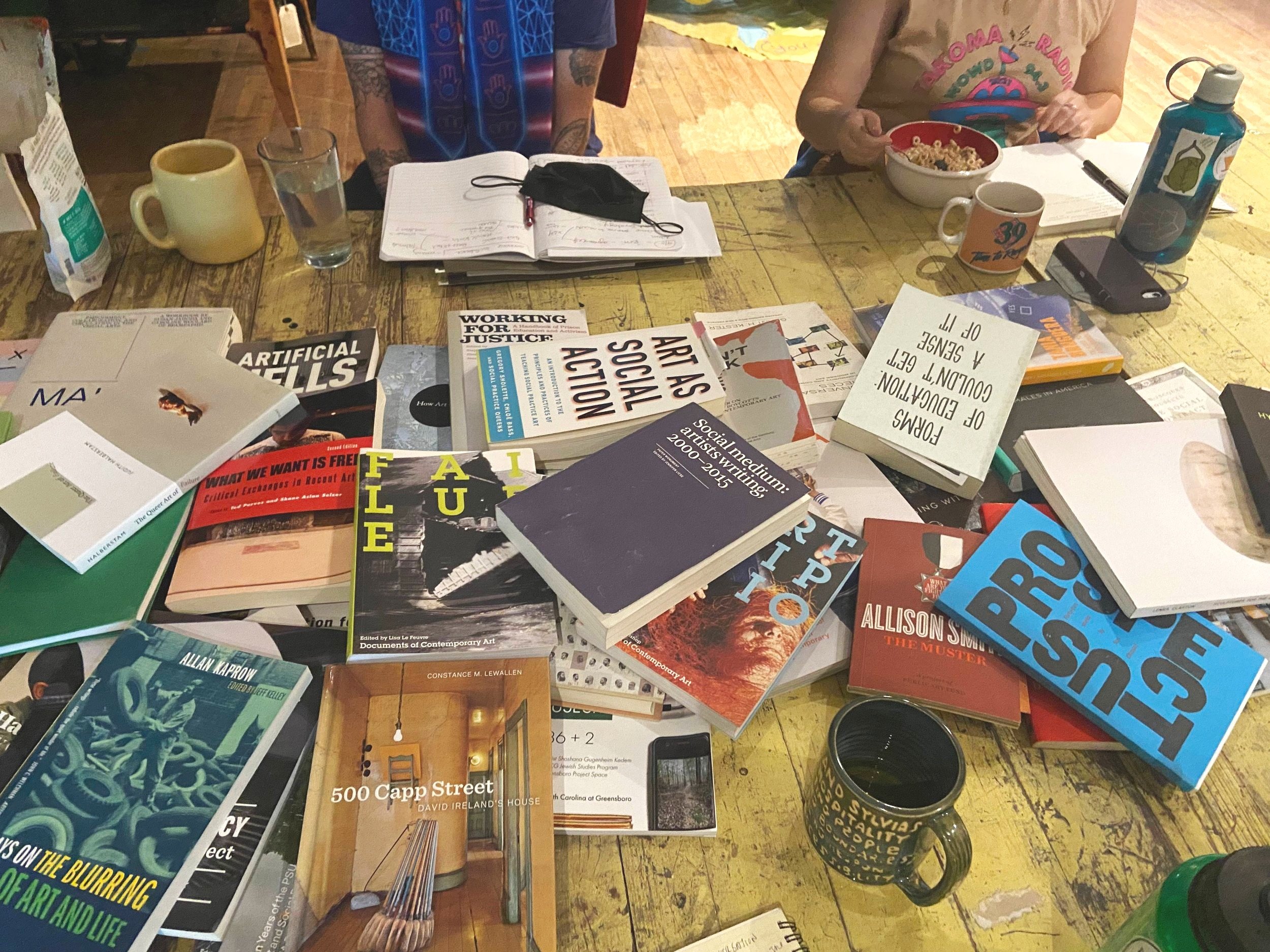
Make a
Museum
A Contemporary Jewish Museum in your community
A Contemporary Jewish Museum in my hometown?! On my farm?! In my downtown?! In my library? You bet! Here’s a little secret. ACJM can take any shape and can pop up anywhere. Our museums (and many others) are not always brick and mortar. And museums shouldn’t always be, especially as culture producers are asking; What is a museum? And what role does it play in communities? What shape can it take?
Some museums pop up in other museums. Some museums house collections, some borrow collections, some don’t have collections. Some museums are online only. Some museums are outdoors in forests, others are embedded in designated sites throughout a town or city. Some museums exist as a private home, a farm, a thrift store, an outdoor classroom, a canoe ride or so much more. ACJM can unfold over a day, a weekend, a year or many years. Some museums house objects, others house stories or ideas or time-based art. The point is that the “shape” of a museum and how it is represented and brought to the public is not monolithic. Where we hold steadfast is the belief that museums are essential to the cultural dialogue of vibrant communities. Museums, wherever and however they emerge, are important sites of inquiry, or hard conversations or beauty. They should move us to think, to come together, to ask questions, to grow and change.

Let’s have an initial conversation to explore what ACJM could look like in your community.
Here are some questions we will be asking ourselves in dialogue with you:
We’ll start with a broad dialogue about who makes up your community, their strengths, their dreams, their quirkiness. We’ll stay curious about the uniqueness of your community and the individuals. We’ll want to know more about what’s hidden and what’s revealed within your community and what you would like others to know, see, and experience of your Jewish community’s uniqueness.
What matters most to you as a community? What is the narrative you want to tell? What can this museum capture beyond objects? (How) Could your museum collect Jewish rhythms, sounds, or smells? Can you collect the people that make up a Jewish community? How can contemporary Jewish museums be inspired by existing Jewish museums and how can looking at existing Jewish museums with new (outside) perspectives bring new insights? What remnants of the past live in the present and how do they manifest? How should museums care for new Jewish narratives? (inspired, in part, by Collecting with(in) the city, Amsterdam Museum)

